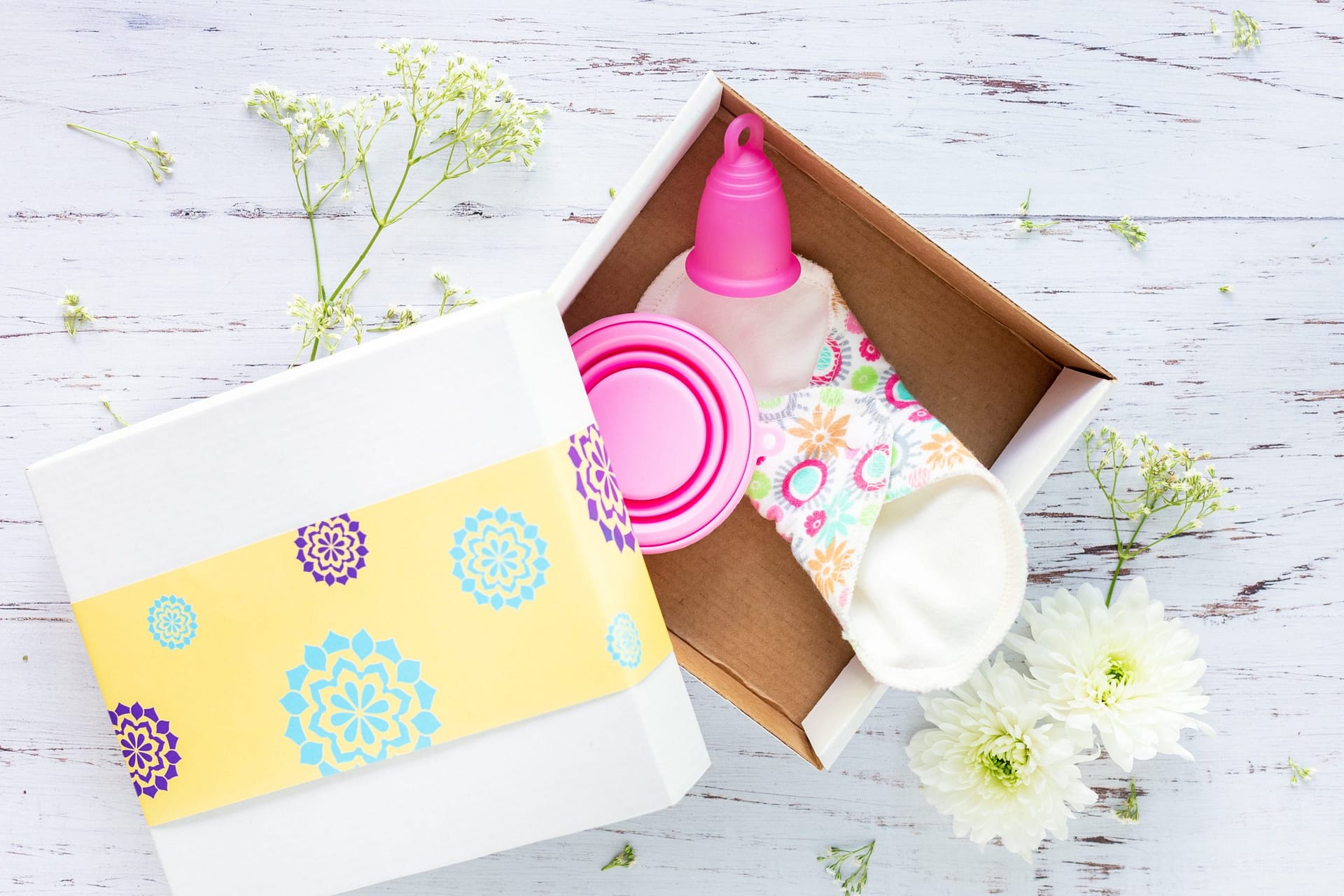We might not remember the first time we scored a perfect 100 in math or the first time we won a medal on school sports day, but the day we got our first periods is instilled within every girl’s mind. The reason why she remembers ‘the day’ can be either because of the sheer horror that was associated with it or utter confusion created by lack of prior knowledge and warning. It might have been amusing for some who were eagerly waiting for the day because all their friends had got it and finally they would stop considering her to be the odd one out. Also, now she would be able to share stories with her friends and relate much better to their conversations
Girls on their very first periods have either been rescued by their mothers at home or teachers in school or in few cases by their female friends. This set of information that flows from one generation to another carries some ideas and opinions with it which are redundant and very few of which are backed up by science or logic. However we can proudly say that the age old tradition of using cloth to absorb blood during menstruation is becoming a thing of the past and more and more girls are now using disposable sanitary napkins which are efficient, easily available and highly recommended. According to the National Family Health Survey 2015-16 (NFHS-4) report, 57.6% of women in India use sanitary napkins–48.5% in rural areas and 77.5% in urban areas.
But have we ever considered the environmental damage created by these sanitary napkins and its effects on climate change? Statistics have a worrisome tale to tell about the composition of the pads and the number of pads used by an average woman. A typical sanitary napkin available in the market is made up of 90% plastic and on an average a women uses nearly 200 disposable sanitary napkins in a year. One single pad is considered equivalent to 4 polythene bags and hence a single woman in a year produces 800 polythene bags just by using these pads.
The next big question would be- “Where do all these pads go?”- One can claim that we safely wrap the used pads in a newspaper and dispose them in any dustbin available nearby. But is this disposal ever done safely! Can we ever get rid of the used sanitary napkins? While burning, the napkins release harmful gasses and fumes, burying them deep under the ground pollutes the water table. Throwing it out into the water body is definitely not an option as over time it breaks down into micro plastics and gets into the food chain of marine animals. In reality, a major portion of menstrual waste end up in landfills. The Dalits, who are at the bottom of the social hierarchy reside near these landfills and therefore risk infection by coming in contact with these wastes.
According to the Menstrual Hygiene Alliance of India (MHAI) there are 336 million menstruating women in India, of which 36 per cent use disposable sanitary napkins — creating an immense total of 121 million women. The amount of waste generated through this inevitable phenomenon remains unimaginable.
Let’s venture into sustainable ways of managing menstruation that are feasible for one and all! – Cloth pads is an alternative provided one is willing to wash the pads after use and store it in a clean and dry place. If washed properly and dried under direct sunlight, these pads are re-usable, eco-friendly and hygienic. They come in various shapes and sizes and a choice about which kind to use can be made depending on the flow. One also need not worry about staining as these pads come with a leak proof lining which forms the last layer of the pads. Moreover, they are easy to wash and come in vibrant colours and designs. They also come in towel-like shapes which can be folded into a pad. These pads are suitable for using overnight.
Anahat For Change Foundation based in Kolkata has provided a means of alternative livelihood to twelve women who come from an urban slum region in Behala. These women have been trained to make cloth pads and are now proudly promoting sustainable menstruation to people around them. These women have together made more than 12000 pads in a year which have been distributed to approximately 6000 beneficiaries all over India. The usage of cloth pads also involves proper washing and drying. The idea of washing one’s own blood has irked many. The stigma and shame associated with menstrual blood have contributed to this resistance to wash cloth pads. And therefore, communication and discussions can change mindsets but de-stigmatisation in itself is a long and time-consuming process. Anahat is also doing its part by spreading awareness in underprivileged schools and communities and de-stigmatising the idea of sustainable menstruation. We believe that small steps and more ground-level discussions with people from all walks of life can improve the narratives around menstruation and build a more healthy, safe and inclusive space for dialogues.


